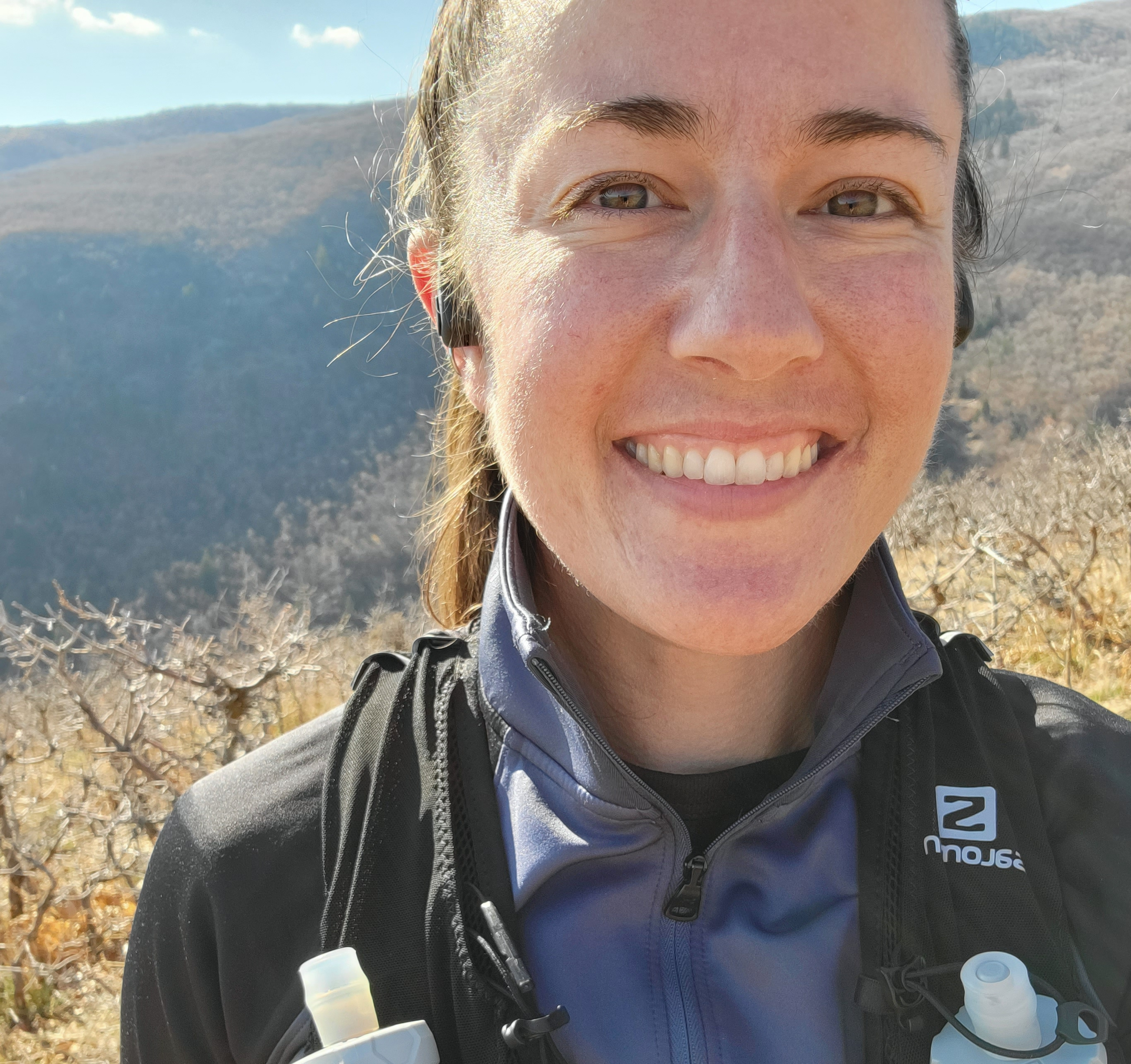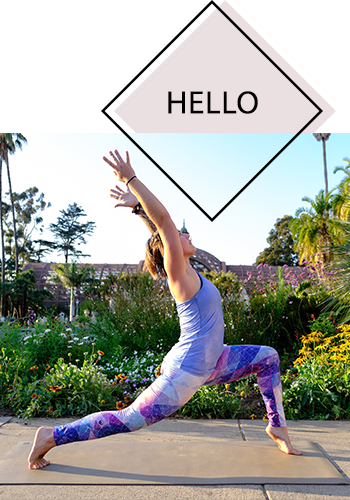Hypermobility and Protecting Your Joints in Yoga
/Are you a super bendy yogi?
This post is for you!
I’m grateful to share a post from Dr. Clifford Stark, Medical Director of Sports Medicine at Chelsea, New York, on things to keep in mind if you are hypermobile.
Hypermobility and How to Protect Your Joints in Yoga
For someone with hypermobility, what considerations should they keep in mind when taking a yoga class?
There are many yogis who are hypermobile and have been their entire lives. Just like any activity, it is important that you listen to your body and avoid excessive mobility that can lead to ligament or joint damage.
This is quite challenging for the hypermobile yogi as it may be easy to get into a pose because of the flexibility, however make sure you have adequate strength and proximal stabilization (utilization of bigger muscles closer to your torso) to reduce your risk of injury, overuse or mechanical overload during a pose. At PREP Performance Center we educate our patients on how proximal stability and activation of shoulder muscles can help improve postural control during a handstand to avoid excessive loading at the wrists and elbows and improve upright posture, balance and stability in a pose.
Are there any poses that you would recommend avoiding altogether?
Hypermobile yogis often experience muscle strains or ligament injuries due to repetitive stress and excessive loading beyond what the tissue joint was prepared for. Adding new poses to your yoga practice should be slow and steady and a sudden increase in frequency, duration and intensity can all lead to yoga wrist pain.
You need to give yourself a chance to get stronger and gain stability gradually, no need to force a new pose and risk injury. A few poses that require both good stability at the wrists and proximal stabilization are crow, crane and even a handstand should be approached with caution to ensure adequate stability in the wrist joints moving in, out and holding the pose.
Additionally, avoid hyperextending your knees in a triangle pose (“sitting on our ligaments” which are passive structures) and attempt to activate and engage through your core and hip muscles (active structures that support the hypermobile joints and ligaments system).
Progressing into a standing split is equally important to have adequate hip and knee stability to protect passive structures such as hypermobile ligaments, tendons and joints. The active stabilization of our muscles ensures that ligaments, tendons and bones are being supported during the static and dynamic pose.
As a Doctor of Physical Therapy my job is to help my patients understand that that human body is a mechanical system, therefore active structures (muscles) assist and support passive structures (joints, ligaments and tendons) to disperse mechanical load across the entire skeletal system allowing for it to work in unison to absorb the stress during dynamic movement and avoid overuse or poor loading at any individual structure. Therefore, movement of all forms requires a balance between mobility and stability.
Can you offer some ideas for how to protect specific joints— the knees, elbows, and hips?
If a pose is uncomfortable or you feel you have little control or stability, I suggest modifying the yoga pose to improve your postural control and proximal stabilization. This means during upper extremity weight bearing poses, focus on shoulder and scapula activation to reduce elbow hyperextension and excessive wrist loading.
Using a Wellgate wrist brace to offload the wrists when not doing yoga will allow for joint protection and optimal joint position to protect ligament laxity. For lower extremity poses, avoid sitting on your hips or knees and activate your core and hip muscles to provide space in your joints. You want to make sure that you don’t go stretch beyond what your body can handle, especially when adding more challenging components to a pose.
Practice within 80% of your range of motion— this will turn your focus from mobility to stability allowing you to improve your overall performance in yoga and reduce your risk of injury to already vulnerable ligaments and tendons.
How can yoga help support someone with hypermobility?
Understanding joint position and focusing on strength will help hypermobile yogis avoid dangerous poses that can exploit flexibility and cause injury. Yoga is a great tool to maintain flexibility, mobility, balance and stabilization as well as a great way to reduce stress and reset during the week. It has great benefits both physically and mentally.
Just like any activity, it should be done in moderation and anything done in excess can be detrimental to our body if done incorrectly. At PREP Performance Center, we believe the best way to stay ahead of injuries, is to listen to your body, understand when you may be pushing beyond what a yoga pose asks for, thus making sure you have adequate strength required during that pose, and slowly work towards achieving the pose.
Yoga should be very individual and not everyone can and will achieve the end pose due to our own individual strengths and weaknesses.
Remain aware of joint position, end range and the strength you may or may not have available to perform a pose safely.
Always keep a slight bend in the knees and elbows during your yoga poses.
Avoid sitting or dumping your weight into your hips or shoulders.
Practice Proximal Stabilization or use of bigger muscle groups or your core to protect your hypermobile joints.
Activate through your muscles to provide space in your joint.
Support your joints and prevent hyperextension.
Avoid overextending and stretching beyond what your body can control to return from.
For those who are hypermobile- practice within 80% of your range of motion- this will turn your focus from mobility to stability allowing you to improve your overall performance in yoga and reduce your risk of injury to already vulnerable ligaments and tendons
Remember yoga is a practice focused on self awareness as well as a balance between mobility and stability.
What other activities besides yoga are helpful for hypermobility? What books, websites, resources, etc. do you recommend?
I recommend Yoga International and this Yoga Sequence for Hypermobile Yogi.
A big thanks to Dr. Stark and the team at Sports Medicine at Chelsea for sharing these wise words of advice!
Take great care of yourself, yogis.
Much love.
Note: I originally published this post on hypermobility a few years ago but I wanted to reshare it since the info is so good! I hope you find it helpful and that it helps you keep your joints and ligaments safe during yoga.











